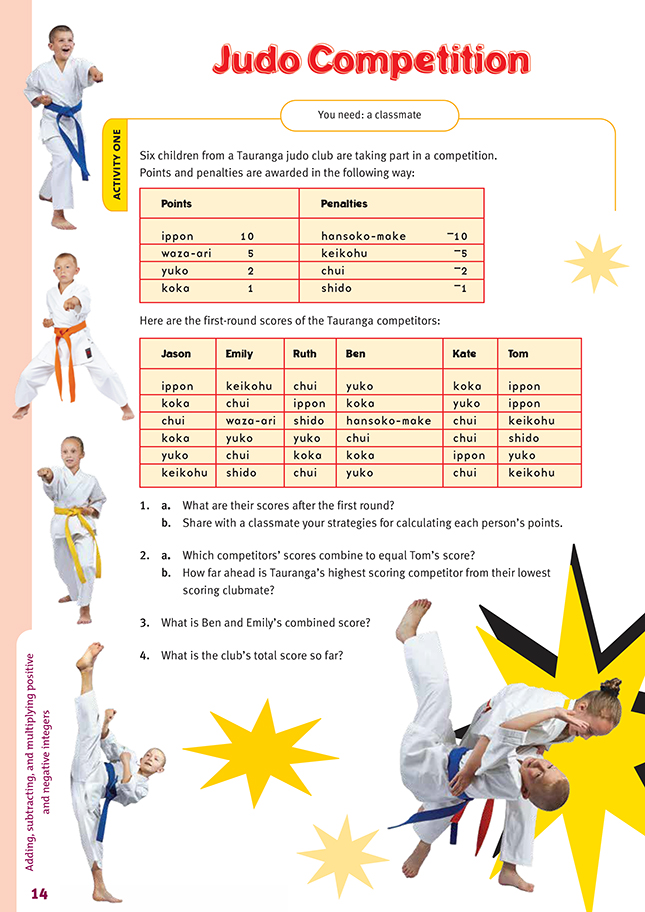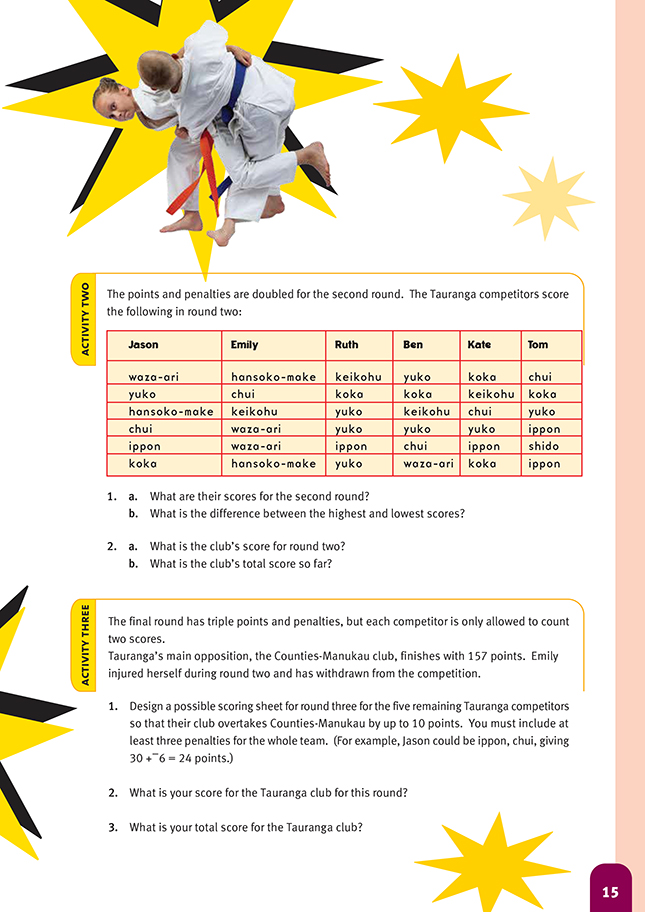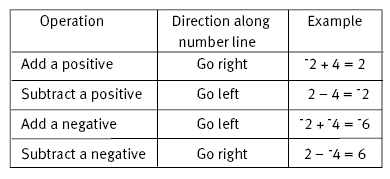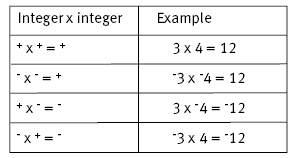Judo Competition
This is a level 5 number activity from the Figure It Out series. It relates to Stage 8 of the Number Framework.
A PDF of the student activity is included.
Click on the image to enlarge it. Click again to close. Download PDF (320 KB)
add, subtract and multiply integers
FIO, Level 4+, Number, Book Six, Judo Competition, pages 14-15
A classmate
Activities One and Two
For students who are not familiar with how negative numbers work, at least for addition and subtraction, a number line could be a good means of helping to develop their understanding.
Integers are also known as “signed” numbers, but notice the convention regarding the use of signs: a negative sign denotes a negative number, but the accepted assumption is that a number without a sign is a positive number.
The number line can help the students to see that:
i. addition usually means go to the right along the number line, for example, 2 + 5 = 7 (begin at 2, add 5, and you end up at 7). The same happens if you start on a negative number, for example, -6 + 9 = 3 (begin at -6, add 9, and you end up at 3).
ii. subtraction usually means to go left along the number line, for example, 7 – 3 = 4 (begin at 7, subtract 3, and you end up at 4). Another example would be 2 – 5 = -3 (begin at 2, subtract 5, and you end up at -3). A third example is -2 – 4 = -6 (begin at -2, subtract 4, and end up at -6).
Dealing with a negative means moving in the opposite direction. For example:
You need to emphasise the “0” point on a number line and the fact that a number and its opposite will always add up to 0. For example, 3 + -3 = 0, so 3 + -5 is 3 + -3 + -2, which is 0 + -2 or -2.
The students may be able to summarise all this along the following lines as a basis for tackling the judo competition tasks:
The other understanding required of students for these activities is what happens when integers are multiplied by other integers. This can be summarised as:
Note that only + x + and + x - are involved in this activity.
Answers to Activities
Activity One
1a. Jason 7, Emily -3, Ruth 8, Ben -6, Kate 7, Tom 11.
b. Strategies will vary. One strategy could be: "I added all the positives together, then added all the negatives together, and found the distance."
2a. Jason's, Emily's, and Kate's scores.
b. 17 points. (Tom has 11, and Ben is on -6).
3. -9
4.24
Activity Two
1a. Jason 12, Emily -34, Ruth 24, Ben 6, Kate 14, Tom 40.
b. 74
2a. 62
b. 86
Activity Three
1-3. Responses will vary. Teacher to check. A possible score sheet could be:
Jason: ippon, chui (24); Ruth: yuko, koka (9); Ben: waza-ari, shido (12); Kate: chui, koka (-3);
Tom: ippon, koka (33).
Score for the round: 75.
Total score: 86 + 75 = 161




